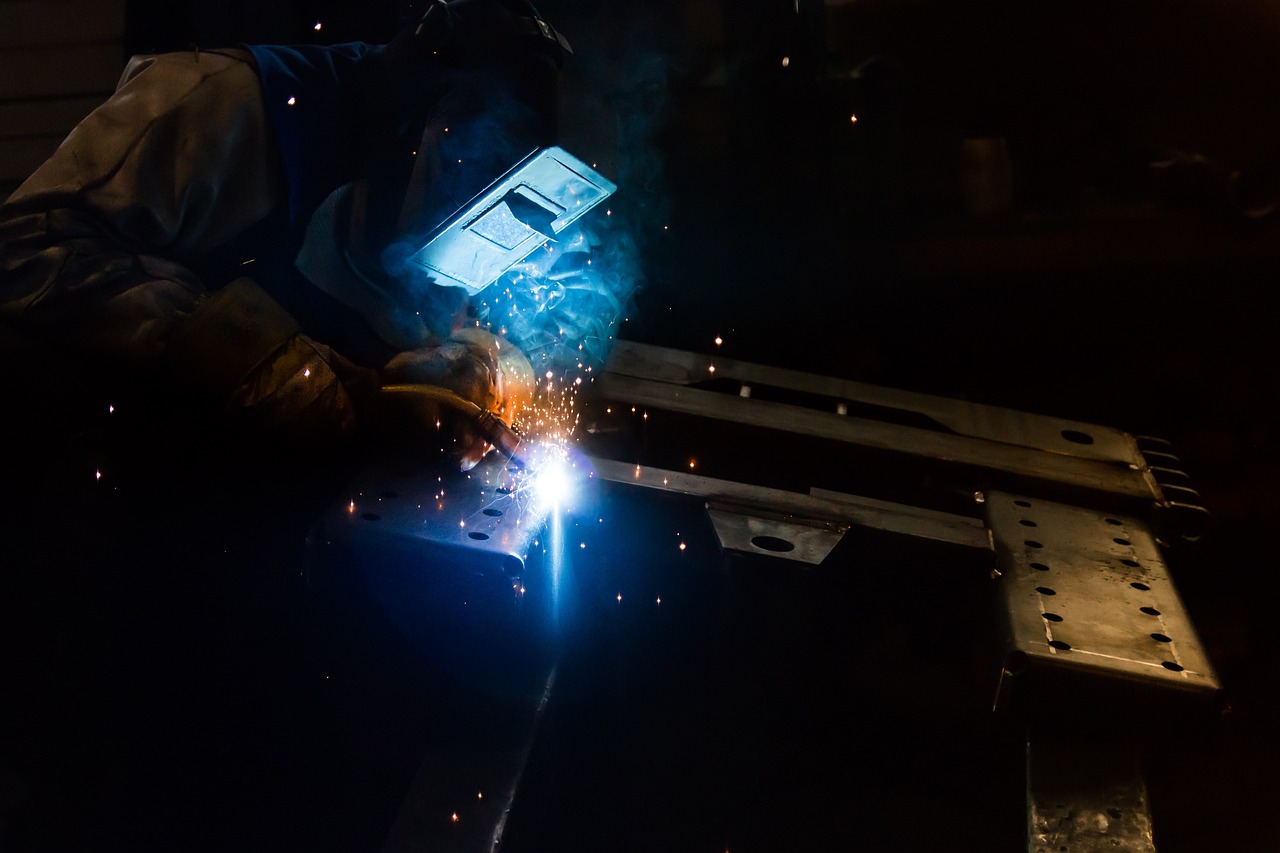Liquid cement will soon become a viable option within the consumer electronics marketplace. Chris Benmore, a scientist at the U.S. Department of Energy’s Argonne National Laboratory, in coordination with international physicists from Japan, Finland and Germany, have discovered how to turn liquid cement into a semi-conductive liquid metal.
This is a revolutionary innovation because prior to this discovery, scientists only knew how to transform metal products into metallic-glass form. The new metal-glass material will be less fragile than glass and will result in lower energy loss.
The liquid cement transformation from a original insulator state to a conductive state requires equipment such as an aerodynamic levitator that prevents an object from ever coming in contact or brushing up against any surfaces that could result in the formation of cellular crystals; it also requires a carbon dioxide laser beam that will heat the liquid cement to temperatures exceeding 3,600º Fahrenheit or 2,000º Celsius. The liquid cement is converted by what is known as trapping electrons; it is placed in the aerodynamic levitator and then melted down into a glass-like form that will trap the electrons within the element and permit the cement to become a semiconductor.
If research and advances continue to be made toward future discoveries in this field, this cement-type metal can be used for numerous different consumer products, such as computer and cellular device monitor screens and protective coatings for items such as computer chips. This research also leads the way for the testing and potential transformation of other non-metal materials into additional hybrid metal semiconductors.






